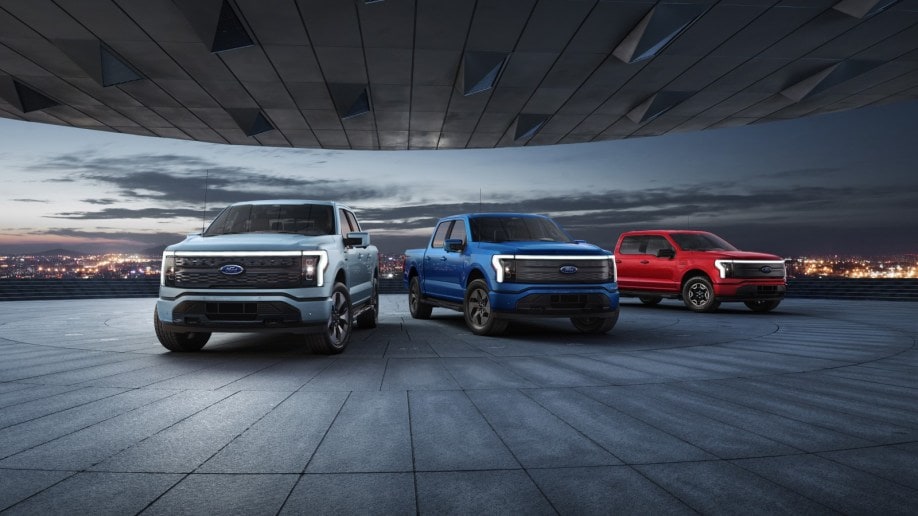
Ford Blue, Ford Model e
But Ford Model e will focus on building electric vehicles (EVs), while Ford Blue will design and build traditional gas-powered vehicles. A third unit, Ford Pro, has already formed. It sells commercial vehicles to fleets.
The company does not plan to spin off Ford Model e into a separate, EV-only business. But it believes that operating it as a separate business unit will give it the flexibility to develop new vehicles more quickly, giving the company what Farley called “startup speed.”
Ford anticipates that American consumers will shift their tastes toward electric vehicles, with EVs representing half of global sales volume by 2030. Its own EV sales could reach 2 million globally by 2026 – about half its current sales volume.
Some Rivals Have Set More Precise Targets
The move is aggressive but cautious compared to some. Some European automakers, including Mercedes, Volvo, and Audi, have pledged to go 100% electric by set dates (usually around the end of the decade).
American companies, more dependent on truck sales, have been reluctant to set target dates for the end of internal combustion. Rival GM has said it expects to sell a mostly-electric lineup by 2035. Stellantis, the parent company of Chrysler, Dodge, Jeep, and other brands has begun introducing electric models but has avoided stating a specific sales goal.
Ford’s two divisions will be kept separate but will work together on some models. The company’s best-seller, the F-150 full-size pickup, will soon be offered in both traditional internal combustion and electric models, for instance.
Tesla Dominates EV Sales, But Rivals Are Catching Up
Electric vehicles sales in the U.S. are dominated by Tesla – nearly 3 in 4 EVs sold last quarter were Tesla products. But nearly every major automaker will introduce at least one EV this year. That gives Tesla new competition it hasn’t faced before.
Ford has had early successes in the EV market. Its Mustang Mach E SUV was the best-selling non-Tesla EV in the U.S. last year. It also sold every F-150 Lightning electric pickup it can build for the next three years before the first one ever reached a buyer.
Buying Experience Won’t Be Startup-Like
But startups are different in more than just vehicle design. Tesla sells vehicles directly to consumers, bypassing the traditional dealer network. Ford has an extensive dealer network built over more than a century. In recent months, the company has been feuding with its own dealers over markups and prices.
Ford plans to move to a Tesla-like ordering system over time. With popular recent models like the Lightning and the Maverick small pickup (our 2022 Best New Model), it has sold reservations to buyers who can later order the vehicles. But even that reservation system still works through Ford’s dealerships.
That raises the key point for car shoppers in this split. You won’t be seeing two different kinds of Ford dealerships in your neighborhood. Both Ford Blue and Ford Model e will continue to sell their cars through Ford dealerships, so the consumer’s experience of the company may not change much.







